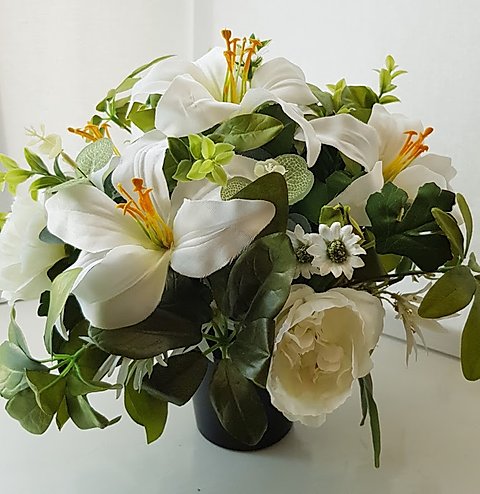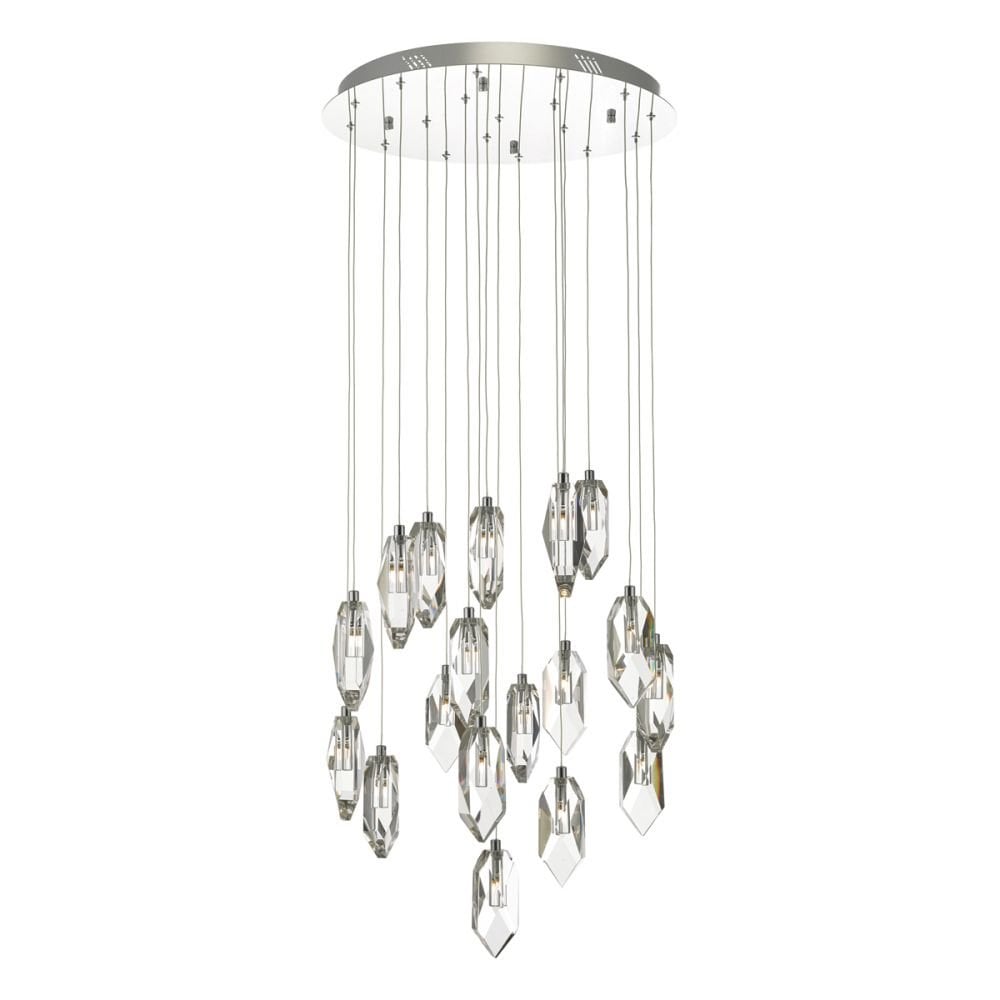Many of the most popular spring flowers tend to have fresh, slightly warm, yet peppery notes. Think of the hyacinth, narcissus, tulip, crocus and daffodil. Most spring plants do not actually produce essential oils, although some, such as the hyacinth, are used to create what are known in the perfume industry as absolutes. The majority of absolutes are the result of a complex process involving petrochemical by-products, and for this reason many aromatherapists do not use them (or use only small amounts of them) for therapeutic purposes.
Perhaps the best known of these are rose absolute and jasmine absolute - heady, rich fragrances more appropriate to sultry summer days. Absolutes from the spring flowers are fairly rare and usually taken by the fragrance industry for luxury perfumes. So for home fragrancing on a spring theme we need to look for essential oils which carry some of the similar fresh, invigorating notes we associate with this time of year.
Experiment with your blends - for fragrancing, either simply use two oils, and be led by which smells you like, or go for something more complex, using three or four oils. Use your blends neat in burners or room sprays or dropped on the molten wax of candles.
Character
Try These Oils
FLORAL
Use palmarosa or geranium - the latter being sweet but not too cloying when used in moderation.
CITRUS
Add lime or grapefruit for their light, fresh notes.
GREEN NOTES
Add the tiniest amount of vetivert or galbanum to anchor the blend, or basil for freshness.
SPICE
Use a touch of coriander to warm and complement the citrus notes. Add a drop of cinnamon or ginger to give attitude to the floral oils or black pepper for it's characteristic 'peppery' note.
Dewy Silk Flowers
Bring a display of artificial silk flowers to life by misting them carefully with a spring blend. Many silk flowers are now very realistic but if the colours look a little too bright, concentrate on green or white flowers and foliage, to represent the fresh shoots, and make a blend to suggest the fragrance of rain on fresh green leaves.
A very subtle blend of galbanum, lime and a trace of basil gives the right effect. You might like to vary the theme by adding either a little geranium for sweetness or the slightly gentler note of palmarosa.
Either of these will help to evoke the aromas of real spring flowers.

Crystal Droplets
One of the ways of counteracting a lack of natural daylight in winter and early spring is to make the most of the daylight you do get by hanging crystal pendulums in your windows. These come in a variety of shapes and sizes. The facets of such crystals catch the light and reflect rainbow patterns into a room. So hang them high in or near windows. Try hanging them in groups at different heights.

Give your crystals a regular wash to clear both dust and any negative energy that has accumulated.
First wash them in running cool or warm water to remove the dust, then soak them overnight in a bowl of warm water that has an added teaspoonful of sea salt.
Add 3-4 drops of essential oils (e.g. rosemary, juniper berry or lemon). Do this every two to three weeks.
Six-Step Clearout
Choose a time when you are in a positive mood to give a room an energy clearout.
- Spring clean and clear away clutter. Keep only what is useful or you really love. Clutter blocks the flow of energy and can create negative 'black spots'. Maximise your cleaning by including a few drops of essential oils, such as lemon, rosemary, peppermint or juniper berry.
- Wash it all away. Have a bath or shower using lavender or frankincense. Picture the water cleansing your energy fields as well as your body. At the same time, add some lavender, rosemary, frankincense or juniper berry to a burner in the room you are going to clear. Dress in something comfortable. Make sure you won't be interrupted, remove your watch and work with bare feet to increase sensitivity.
- Hand mapping. Starting at the door of the room you have chosen, walk slowly around, holding an arm at shoulder height and using your hand as a 'scanner'. make a stroking movement about 20cm away from the walls to try to tune into the variations in energy levels around the room. Register the sensations in the palms of your hands and, wherever you have a feeling of stickiness, emptiness or cold, pause, and make a mental note of the location. Cover the whole room thoroughly, even repeating your circuit if necessary, so that you build up a 'map' of what are known as subtle energy patterns.
- Energising the room. Now put 3 drops of the following blend on your palms and repeat your circuit, this time clapping your hands, rhythmically and slowly.
10 drops frankincense
10 drops juniper berry
10 drops rosemary
10 drops pine
5 drops lemon
250ml water
'Clapping' the room helps to disperse negative energy. It isn't necessary to clap from ceiling to floor as long as you have a clear intention that the clapping covers the whole area. Pay particular attention to those places where you registered a sensation in step 3. Also spend more time in corners, and in areas where there is a lot of electrical equipment or where clapping sounds heavy and muffled. This step is complete when you sense a lightening of the energy in the room. Once complete, wash your hands and forearms thoroughly. - Use visualisation. Now sit in the middle of the room and visualise collecting up any emotional rubbish that may have been present during your initial circuit of the room in step 3. visualise scooping it up into a bag and sealing it tightly with a knot. See yourself taking the bag outside to the bin ready to be taken away.
- Fragrance your room. Now fill the room with positive energy. Light candles, incense sticks or burners using frankincense or lavender. Turn on some light, uplifting music and enjoy your recharged room.